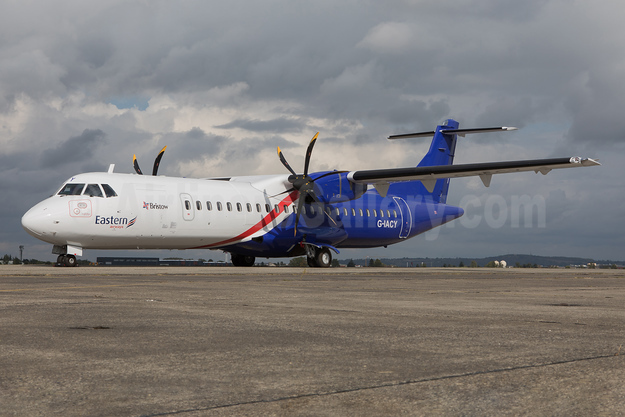
Introduction
In the world of aviation, a flightplan is not merely a set of instructions; it is a crucial document that ensures the safety and efficiency of air travel. Every flight, whether commercial or private, requires a flightplan to navigate airspace, comply with regulations, and facilitate communication between pilots and air traffic control. This article delves into the significance of flightplans and the critical elements involved in their formulation, especially in the context of growing air traffic and safety concerns.
What is a Flightplan?
A flightplan is a detailed outline of the intended route of an aircraft, specifying various details such as departure and arrival airports, flight paths, altitudes, and estimated times for each leg of the journey. Pilots file these documents with air traffic authorities before takeoff, establishing a legally binding agreement for the flight. With the increase in global air travel, understanding the intricacies of flightplanning has become more important than ever.
Key Elements of a Flightplan
A comprehensive flightplan consists of several key components:
- Route: The chosen trajectory, including waypoints and airways, that will guide the aircraft from departure to arrival.
- Aircraft Details: Information about the aircraft type, registration, and capabilities, which informs air traffic control about the specific operational requirements of the flight.
- Weather Information: Pilots must consider current and forecasted weather conditions that could impact flight safety, including turbulence, storms, and winds.
- Flight Number and Purpose: Each flightplan is assigned a unique identifier which helps in tracking and coordination through air traffic systems.
Recent Developments in Flightplanning
With advancements in technology, flightplanning has become more efficient and precise. Recent updates in flight planning software incorporate real-time weather updates, dynamic air traffic data, and improved algorithms for optimizing routes. For instance, the integration of artificial intelligence is enabling more sophisticated predictive models that can foresee potential delays or detours, thereby enhancing safety.
Conclusion
The significance of flightplans in aviation cannot be overstated. As air travel continues to expand globally, the implications of effective flight planning are profound, impacting not just the safety of individual flights but also the overall efficiency of air traffic systems. By staying informed about flightplan developments and employing modern technology, the aviation industry can maintain high safety standards and ensure smoother operations. For aviation stakeholders, a thorough understanding of flightplans is essential, both in policy-making and practical application, in navigating today’s complex airspace.
You may also like

Cotswold Airport: A Significant Hub for Aviation in the UK

Everything You Need to Know About Eastern Airways Flights
